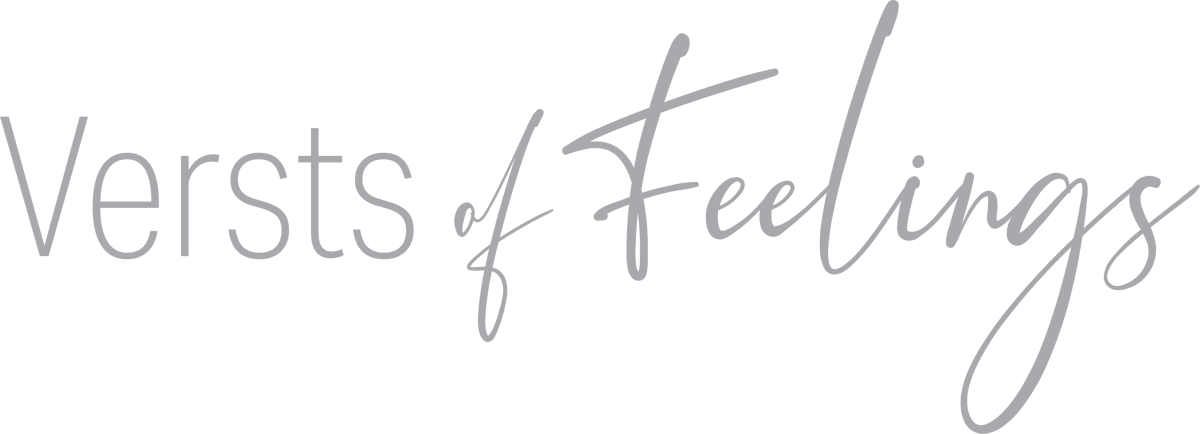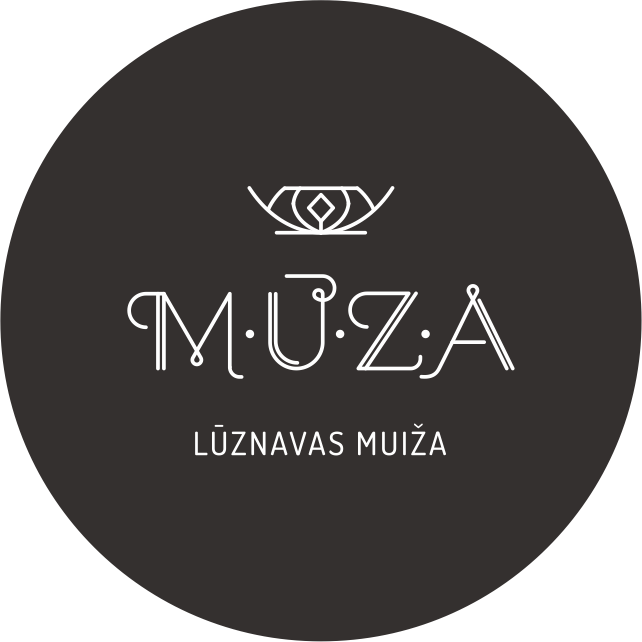CORNFLOWER
Latvian: rudzupuķe zilā
German: Kornblume
Swedish: blåklint
Estonian: rukkilill
Lithuanian: rugiagėlė
Russian: василек полевой
Common or blue cornflower is an annual or perennial (wintering) annual plant of the
aster family. Trunk up to 80 cm high, erect, grey-green, covered with web hairs, in branches.
Leaves alternate, simple entire, linear-latent. The flowers are arranged in
baskets at the ends of the trunk and branches. [1]
Usable part - flowers. Harvest by cutting off the inflorescences, peduncles, funnel-
shaped flowers and peduncles, when the flowers in them have fully bloomed. Do not
collect overflowered or withered baskets.[2] Either only marginal funnel-shaped
flowers or funnel-shaped flowers and tube-shaped flowers are picked from the
inflorescence, but mostly - not less than 60% of the total mass - should be funnel-
shaped flowers.[2] A properly dried drug retains its blue color. The shelf life of the
drug is 2 years and must be protected from the sun![1]
An infusion of cornflower flowers is used to treat inflammation of the urinary tract and
kidneys. It can also be used by patients with glomerulonephritis, as the active
substances of cornflowers do not irritate the kidney tissue. It is also used to treat
diseases of the liver, biliary tract and stomach, as a diaphoretic. Infusion of
cornflower flowers is an ancient remedy that heals eye inflammation and relieves
eye pain, when used continuously internally and externally - for eye washes,
compresses.[1] Externally, cornflower infusion is used for washing, compresses and
baths for the treatment of various skin diseases - eczema, pimples, boils, as well as
healing wounds and boils. [1] A hot infusion can be rubbed on the scalp. to promote
hair growth and reduce greasiness. [2]
The complex of biogenic substances stimulates appetite, stimulates bile secretion,
relieves spasms. It has diuretic, diaphoretic, tonic and anti-inflammatory effects.
Infusions of cornflower flowers are not recommended to be used during pregnancy,
as they may pose a threat of abortion! [1]
[1] Rubene H., Eniņa V. (2004)Ārstniecības augi.Rīga:Zvaigzne ABC. P.343
[2]Eniņa V.( 2017) Veselība pie mājas sliekšņa.100 populārākie ārstniecības augi Latvijā. Rīga: Zvaigzne ABC.p. 264
Augu katalogs ir tapis ar Eiropas Savienības finansiālu atbalstu Pārrobežu sadarbības programmas 2014.–2020. gadam projekta LVIII-062 “Versts of Feelings 2” ietvaros


